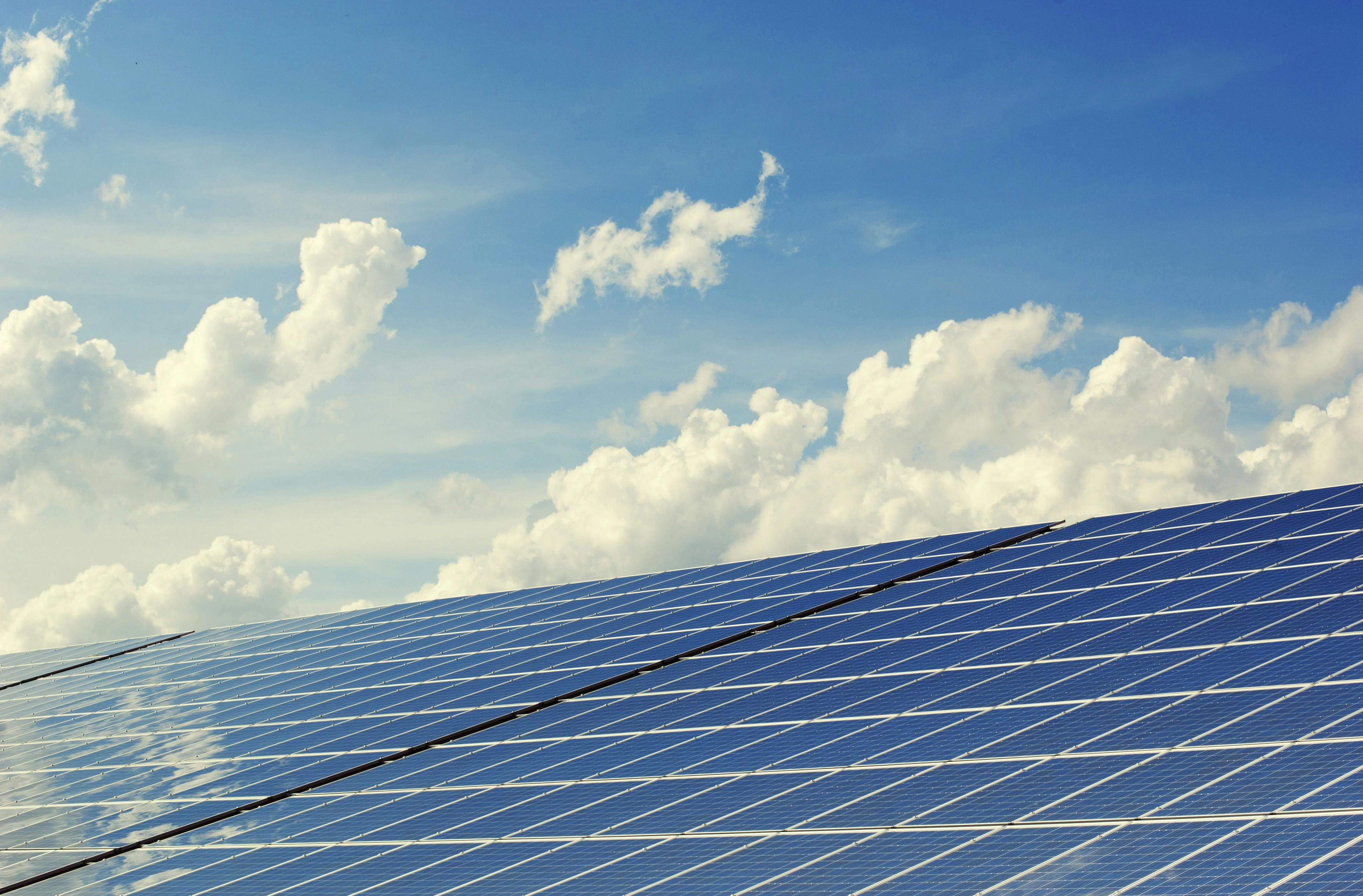Discover Solar Generators: An Ecological and Economical Energy Solution
Looking for a reliable, eco-friendly, and cost-effective power source? Discover solar generators—an innovative solution that's rapidly gaining popularity. This article explores how these devices can provide you with energy independence, whether for your home, outdoor activities, or emergencies, while also being a sustainable and economical choice for a greener future.

How Do Solar Generators Actually Work?
Solar generators operate through a three-step process. First, solar panels capture sunlight and convert it into electrical energy through photovoltaic cells. This DC electricity then passes through a charge controller, which regulates the power flow to prevent battery damage. Finally, an inverter transforms the stored DC power into AC electricity, making it compatible with standard household appliances and devices. The entire system works silently and produces zero emissions during operation.
Ecological and Economic Advantages of Solar Generators
The environmental benefits of solar generators are substantial, producing no direct emissions or noise pollution during operation. From an economic perspective, while the initial investment may be higher than traditional generators, solar generators typically pay for themselves through eliminated fuel costs and minimal maintenance requirements. They also offer protection against rising energy costs and fuel price volatility.
Available Types and Sizes of Solar Generators
Solar generators come in various configurations to suit different needs:
-
Portable units (300-2000W) for camping and emergency backup
-
Mid-size systems (2000-5000W) for RV use and small homes
-
Large installations (5000W+) for full home backup power
| Generator Type | Typical Capacity | Best Use Case | Average Price Range |
|---|---|---|---|
| Portable | 300-2000W | Camping, Emergency | $500-1,500 |
| Mid-size | 2000-5000W | RV, Small Home | $1,500-4,000 |
| Large | 5000W+ | Full Home Backup | $4,000-10,000+ |
Prices, rates, or cost estimates mentioned in this article are based on the latest available information but may change over time. Independent research is advised before making financial decisions.
Selection Criteria and Installation Guidelines
When choosing a solar generator, consider these key factors:
-
Power output requirements for intended use
-
Battery capacity and type (lithium-ion preferred)
-
Number and type of outlets needed
-
Portability requirements
-
Expansion capability
-
Warranty coverage
Installation varies by system size, with portable units requiring minimal setup while larger systems may need professional installation to ensure proper integration with home electrical systems.
Daily Use and Maintenance Requirements
Solar generators require minimal maintenance compared to fuel-powered alternatives. Regular care includes:
-
Keeping solar panels clean and unobstructed
-
Monitoring battery levels and charging cycles
-
Storing in appropriate temperature conditions
-
Checking connections periodically
-
Testing system function regularly
Most systems include monitoring capabilities through mobile apps or built-in displays, making it easy to track performance and maintenance needs.
The adoption of solar generators represents a significant step toward sustainable energy independence. While the initial investment may be substantial, the combination of environmental benefits, long-term cost savings, and reliable performance makes them an increasingly attractive option for both emergency backup power and daily use. As technology continues to advance and prices decrease, solar generators are becoming more accessible to a wider range of users seeking clean, reliable power solutions.




